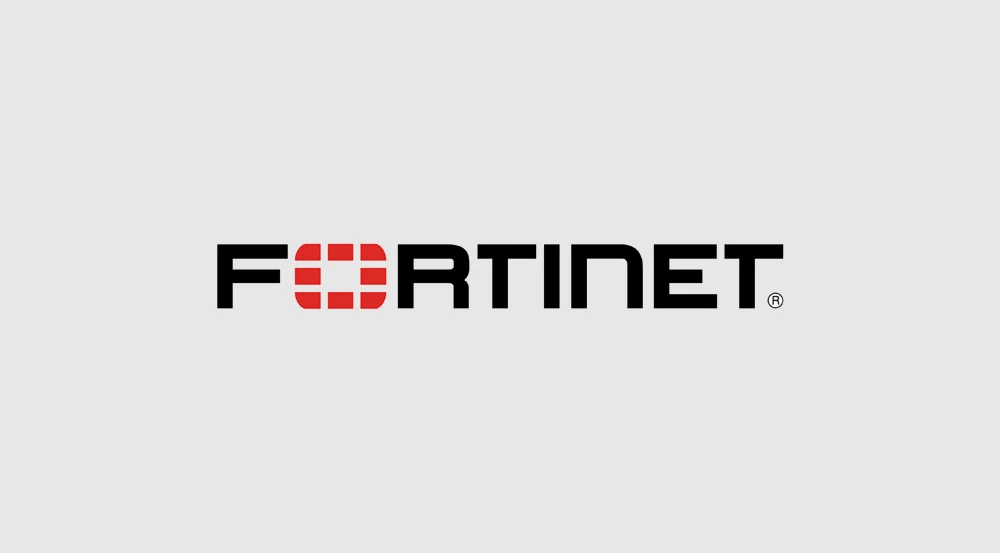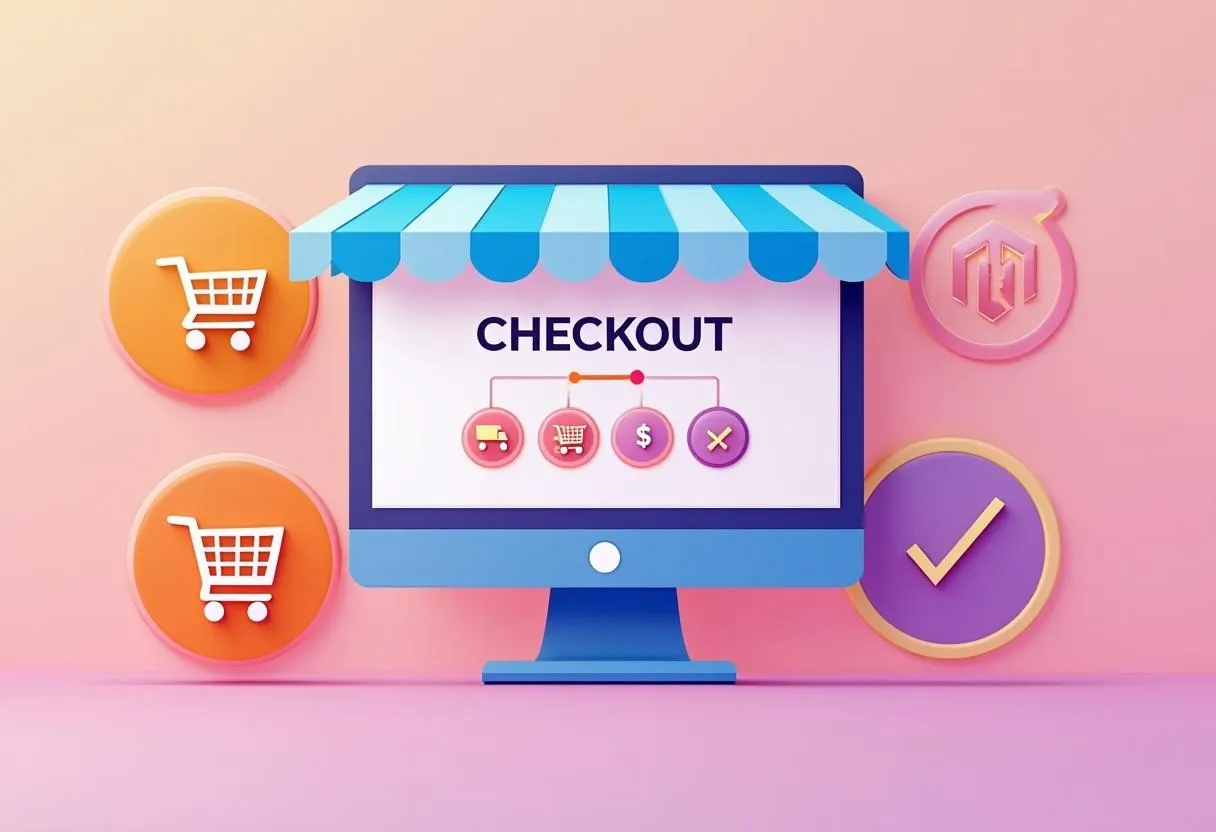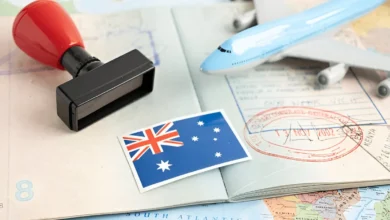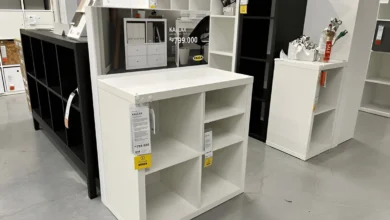
Medicare Part D is essential for anyone on Medicare who needs help managing prescription drug costs. It offers coverage that can save you money and make your medications more affordable. However, navigating Medicare Part D can be confusing. Here’s a straightforward guide to understanding Part D and some practical tips for managing your prescription costs effectively.
What is Medicare Part D?
Medicare Part D is a program that helps cover the cost of prescription drugs. It’s available to anyone with Medicare, and it works through private insurance companies. You can join a stand-alone Part D plan or get drug coverage through a Medicare Advantage plan. The choice depends on your health needs and the types of medications you take.
How Does Medicare Part D Work?
Medicare Part D plans vary, but they all have some common features:
- Monthly Premiums: You’ll pay a monthly premium, which varies by plan.
- Deductibles: Some plans have a deductible, which is the amount you pay out of pocket before the plan starts covering your medications.
- Copayments and Coinsurance: After meeting your deductible, you’ll share the cost of your drugs through copayments (a set amount) or coinsurance (a percentage of the cost).
Tips for Managing Prescription Costs
Managing your prescription costs under Medicare Part D can be challenging, but these tips can help you save money and get the most out of your coverage:
1. Review Your Plan Annually
Medicare Part D plans change every year, and so do your prescription needs. Review your plan during the annual enrollment period. Check if your medications are still covered and compare costs. If your needs have changed, consider switching to a different plan that better fits your current situation.
2. Use Preferred Pharmacies
Most Medicare Part D plans have a network of preferred pharmacies where you can get your medications at lower prices. Make sure you fill your prescriptions at these pharmacies to save money. You can find a list of preferred pharmacies on your plan’s website or in your plan documents.
3. Opt for Generic Drugs
Generic drugs can be significantly cheaper than brand-name drugs and are just as effective. Ask your doctor if there’s a generic version of your medication. Generics can lower out-of-pocket costs and help you stay within your budget.
4. Look for Mail-Order Options
Many plans offer mail-order pharmacy services that are more convenient and less expensive. You can often get a 90-day supply of your medication delivered right to your door, often at a lower cost than picking up a 30-day supply at a local pharmacy.
5. Check for Extra Help Programs
You might qualify for the Extra Help program if you have limited income and resources. This program can significantly reduce your prescription costs by helping pay for premiums, deductibles, and copayments. Check your eligibility through the Social Security Administration to see if you can get additional financial assistance.
6. Ask About Step Therapy and Prior Authorization
Some Part D plans require step therapy or prior authorization for certain medications. Step therapy means you need to try a less expensive drug first. Prior authorization means your doctor needs to get approval from the plan before a medication is covered. Understanding these requirements can help you avoid unexpected costs and delays in getting your medications.
7. Stay Within the Coverage Gap
Also known as the “donut hole,” the coverage gap is a temporary limit on what the drug plan will cover for drugs. Once you and your plan have spent a certain amount on covered drugs, you enter the gap. While in the gap, you pay a higher percentage of the cost. To minimize your time in the coverage gap, use lower-cost medications and preferred pharmacies.
8. Monitor Your Prescription Spending
Keep track of your prescription spending to avoid surprises. Your plan will send you a monthly statement, known as an Explanation of Benefits (EOB), showing how much you’ve spent on drugs. Regularly review this statement to see where your money is going and adjust as needed.
9. Compare Medicare Advantage Plans
Some Medicare Advantage plans include prescription drug coverage. If you’re considering switching plans, look for those that offer comprehensive benefits, including drug coverage. For example, the best medicare advantage plans florida 2025 might offer the coverage you need at a price that fits your budget. Compare the benefits and costs to find a plan that works for you.
Final Thoughts
Medicare Part D is a valuable tool for managing prescription drug costs, but it requires careful planning and regular review. By following these tips, you can make the most of your Medicare Part D coverage and keep your medication costs under control. Always take the time to review your plan options, use cost-saving strategies, and seek help when needed. Managing your prescription costs doesn’t have to be overwhelming—just take it one step at a time.













